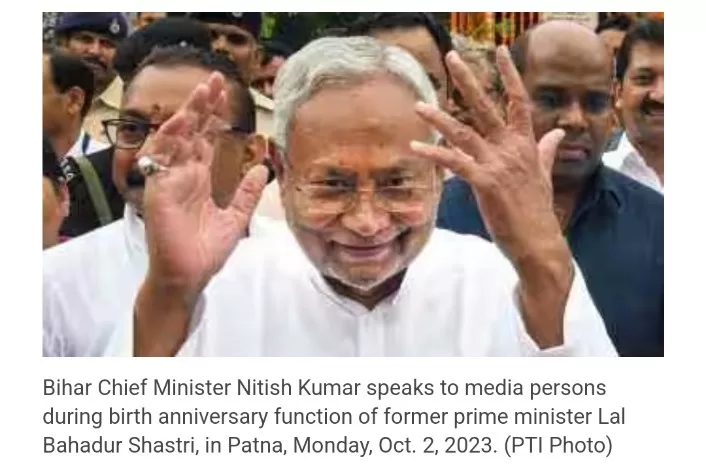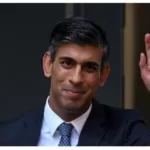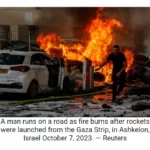In a development that has ignited political debate, the recently released Bihar caste survey reveals that 10% of the identified backward classes belong to the minority Muslim community. This fact has given rise to arguments from both the BJP and Muslim leaders, each advancing their respective positions.
Certain Muslim groups have been classified as Extremely Backward Classes (EBC) within the Other Backward Classes (OBC) category since the implementation of the Mungeri Lal Commission’s recommendations in 1978. This inclusion led to a separate quota for EBCs.
The BJP has accused the Nitish Kumar government of artificially inflating EBC numbers to 36% of the population, labeling it an “optical illusion.” Meanwhile, Ali Anwar Ansari, former JD(U) Rajya Sabha MP and leader of the All India Pasmanda Muslim Mahaz, points out that the survey underscores the presence of a significant population of backward Muslims.
EBCs have been a politically nurtured category by Nitish Kumar, whose own Kurmi community constitutes a mere 3% of the state’s population. However, the Nitish government downplays the presence of 10% Muslims among the OBC numbers.
Ali Anwar Ansari emphasizes that the survey substantiates the claim that Muslims, like Hindus, have diverse caste identities. He argues that Muslims have been misrepresented as a single religious bloc in politics, despite caste being a reality among both Muslims and Hindus.
Pushback against the EBC classification could potentially backfire on the BJP, as backward Pasmanda Muslims have been identified as a significant vote bank. Prime Minister Narendra Modi himself has reached out to them.
In Bihar, two Muslim groups, the Nalbands and Maliks, are categorized as OBCs, while 24 are listed under EBCs. The largest chunk among the latter includes Momon, Julaha, or Ansari, constituting 3.54% of the population. Together, Muslim OBC groups account for over 10% of the population, surpassing the combined percentage of upper-caste Muslims, which stands at 4%.
The Supreme Court recently refused to halt the publication of the caste survey report, offering support to the Nitish Kumar-led Mahagathbandhan government. Nitish Kumar is expected to focus on the Pasmanda Muslim community.
Muslims as a unified bloc represent 17.7% of the state’s total population, exceeding the Yadavs, who constitute the largest single group at 14.4%. Notably, both these groups form the bulk of support for Nitish’s ally, the RJD.
Ali Anwar Ansari, who has championed the cause of Pasmanda Muslims, expects policies and programs dedicated to this section and calls for the establishment of a Pasmanda cell within the Minority Welfare Department of the state government.
JD(U) advisor and chief national spokesperson K C Tyagi dismisses the BJP’s criticism of the Bihar caste survey, highlighting the need to address the social and economic conditions of both Hindu and Muslim EBCs. Tyagi asserts that the survey’s findings about EBC and OBC Muslims align with the Mandal Commission’s conclusions.
In response to the BJP’s claims of a soaring Muslim population, the survey contradicts this narrative, showing that Muslim numbers have only marginally increased from 14% in 1931 to just over 17% today.
The BJP’s attempts to categorize Muslims along caste lines are seen as politically advantageous by some, while others argue for addressing the social and economic needs of these communities, irrespective of religious identity.







